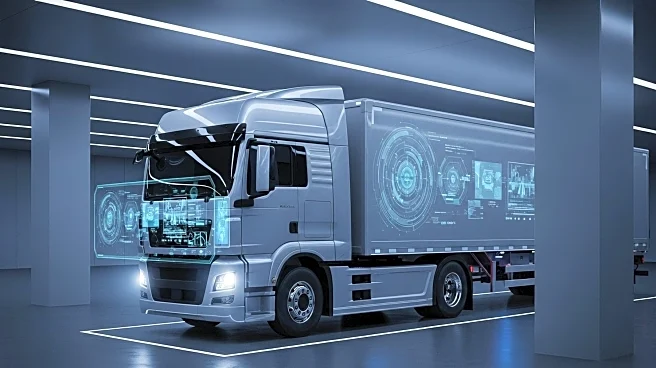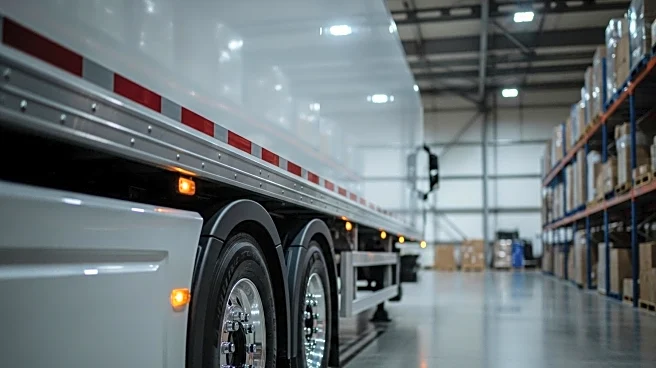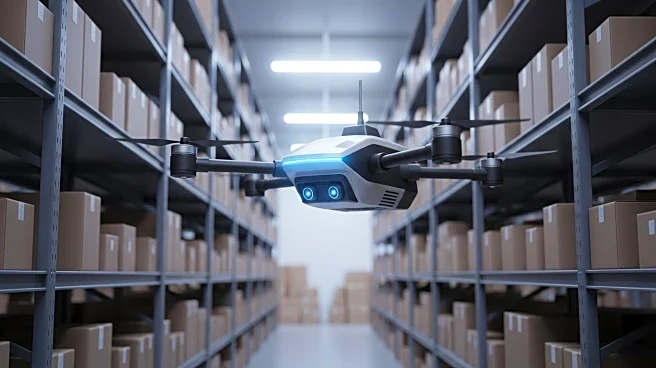What's Happening?
The trucking industry is facing significant challenges due to detention, where trucks are delayed at docks, leading to lost revenue and operational inefficiencies. According to the 2024 American Transportation Research Institute report, 39.3% of drivers experience detention, and while most fleets charge detention fees, less than half of these invoices are paid. This situation results in increased pressure on drivers' hours-of-service windows, higher risk of fatigue-related incidents, and erosion of driver satisfaction and retention. To address these issues, fleets are increasingly relying on analytics and telematics to predict and manage detention risks. By leveraging data, fleets can negotiate better terms with shippers, avoid facilities with chronic delays, and build preferred shipper programs that reward efficiency. Additionally, communication and compensation for drivers are emphasized to mitigate the impact of detention.
Why It's Important?
Detention in the trucking industry has significant implications for fleet performance and driver satisfaction. The inability to effectively manage detention can lead to financial losses and operational disruptions, affecting the competitiveness of carriers. By utilizing technology and data analytics, fleets can transform detention from a passive frustration into an actively managed risk, improving efficiency and profitability. Furthermore, addressing detention is crucial for driver retention, as it directly impacts their income and job satisfaction. The industry's focus on technology-driven solutions highlights the importance of innovation in overcoming logistical challenges and maintaining a competitive edge.
What's Next?
As fleets continue to adopt technology to combat detention, the industry may see increased collaboration between carriers and shippers to streamline operations and reduce delays. The use of predictive analytics could lead to more strategic partnerships and improved scheduling practices. Additionally, fleets may enhance their compensation structures to better support drivers affected by detention, potentially leading to higher retention rates. The ongoing focus on data-driven solutions suggests a shift towards more efficient and transparent logistics processes in the trucking industry.










